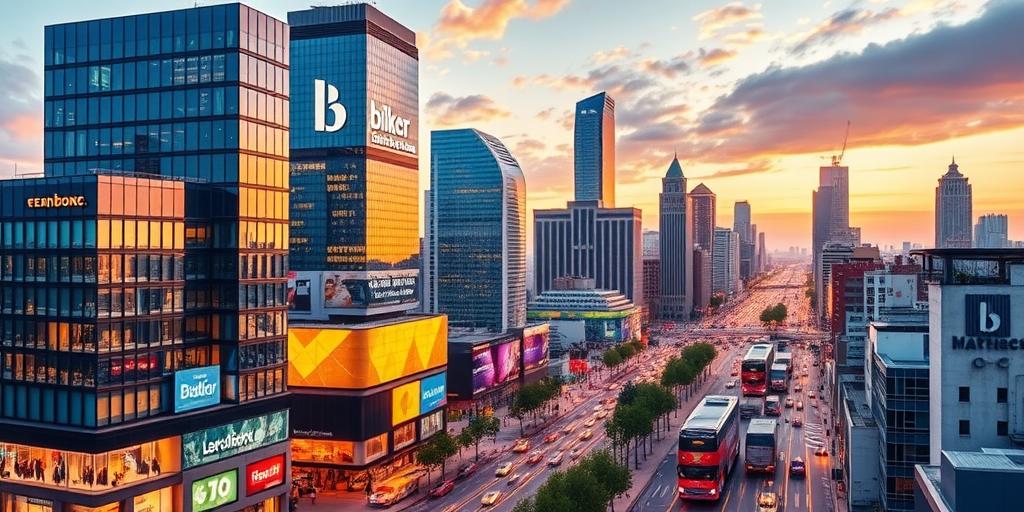Urbanization, the increasing concentration of populations in urban areas, is deeply intertwined with economic activities and spatial organization. The economic geography of urbanization explores how economic forces shape the growth, form, and function of cities. This post delves into key aspects of this relationship, highlighting the spatial distribution of economic activities, urban economic growth, and the challenges and opportunities that arise.
Spatial Distribution of Economic Activities
Agglomeration Economies: Cities are hubs of economic activity due to agglomeration economies, which are the benefits firms and individuals receive from clustering together. These benefits include:
- Knowledge spillovers: The exchange of ideas and information among firms and workers.
- Labor market pooling: Access to a larger and more diverse pool of workers.
- Infrastructure sharing: Efficient use of transportation, utilities, and other infrastructure.
- Market access: Proximity to a large customer base.
Sectoral Specialization: Cities often specialize in specific industries, driven by comparative advantages and historical factors. For example:
- Tech hubs: Silicon Valley, known for its concentration of technology companies.
- Financial centers: New York City and London, home to major financial institutions.
- Manufacturing clusters: Regions specializing in automotive, aerospace, or electronics production.
Spatial Organization within Cities: Economic activities within cities are not uniformly distributed. Central business districts (CBDs) typically house high-value commercial activities, while industrial areas and residential zones are located in other parts of the city. This spatial organization is influenced by land values, transportation costs, and zoning regulations.
Urban Economic Growth
Drivers of Growth: Urban economic growth is propelled by several factors:
- Innovation: Cities are centers of innovation, fostering the development of new products, services, and technologies.
- Entrepreneurship: The concentration of resources and networks in cities encourages entrepreneurial activity.
- Foreign Direct Investment (FDI): Cities attract FDI due to their infrastructure, skilled labor force, and market access.
- Human Capital: The availability of a highly educated and skilled workforce is a critical driver of urban economic growth.
Economic Base Theory: This theory suggests that a city's economic growth is determined by its basic (export-oriented) industries, which bring income into the city, and non-basic (local-serving) industries, which support the basic sector.
Challenges and Opportunities
Challenges:
- Inequality: Urban areas often experience high levels of income inequality, with disparities in access to education, healthcare, and employment opportunities.
- Housing Affordability: Rapid urbanization can lead to housing shortages and rising housing costs, making it difficult for low- and middle-income residents to afford housing.
- Environmental Issues: Cities face challenges related to air and water pollution, waste management, and climate change.
- Infrastructure Deficits: Overburdened infrastructure, including transportation, utilities, and public services, can hinder economic growth and quality of life.
Opportunities:
- Sustainable Development: Cities can implement sustainable development strategies to address environmental challenges and promote resource efficiency.
- Smart City Initiatives: Leveraging technology to improve urban services, enhance efficiency, and promote citizen engagement.
- Inclusive Growth: Policies aimed at reducing inequality and promoting economic opportunities for all residents.
- Resilient Infrastructure: Investing in infrastructure that can withstand shocks and stresses, such as climate change impacts and economic downturns.
Conclusion
The economic geography of urbanization is a complex and dynamic field that examines the spatial dimensions of economic activities and urban growth. Understanding these dynamics is crucial for policymakers, urban planners, and businesses seeking to create sustainable, inclusive, and prosperous cities. By addressing the challenges and leveraging the opportunities that urbanization presents, we can shape the future of our cities and improve the lives of urban residents.









